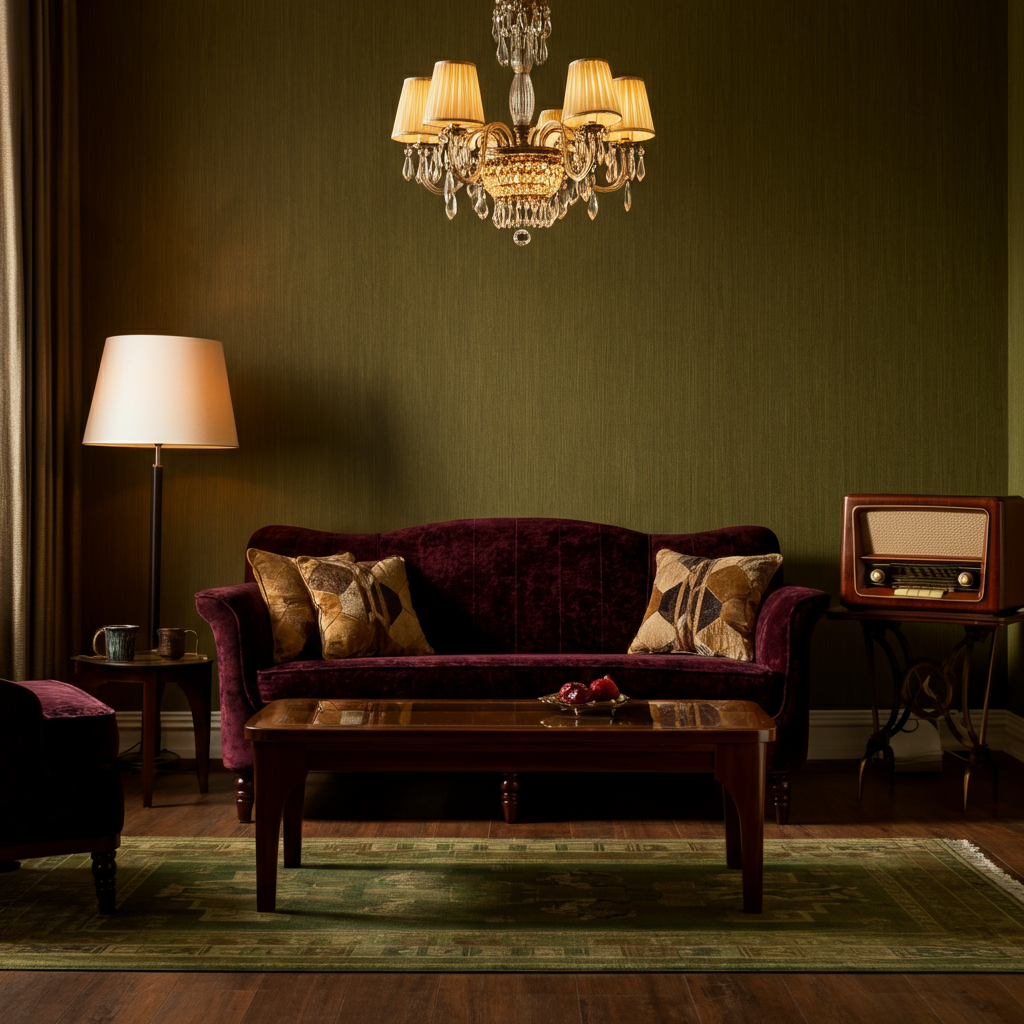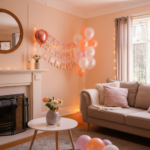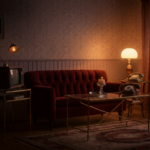The Timeless Beauty of 1930s Home Decor
If you’ve been scrolling through interior design inspiration lately, you might’ve noticed a resurgence of vintage styles—and among them, the classic elegance of 1930s home decor is making a major comeback. With its rich color palettes, graceful furniture, and an eye for detail, 1930s-inspired interiors feel both nostalgic and refreshingly modern.
But why is this style re-emerging, and how can you incorporate its timeless charm into your own living space? Whether you’re a homeowner, vintage enthusiast, or history buff, this guide will show you how to embrace 1930s home decor while staying sustainable and stylish.
Table of Contents
What Makes 1930s Home Decor Stand Out?
The 1930s was a fascinating era in home design. Following the opulence of the 1920s Art Deco movement, the ’30s shifted toward a balance of elegance and functionality, often with a more pared-back approach. Key design elements from this decade encapsulate grace, simplicity, and charm, making it a perfect inspiration for today’s interiors.
Key Characteristics of 1930s Home Decor
- Muted Yet Rich Color Palettes
Soft pastels like sage green, dusky pink, and cornflower blue were popular, often paired with earthy tones like walnut brown or deep cream. These color schemes provided a soothing yet sophisticated ambiance.
- Art Deco Influences, Simplified
The ’30s didn’t entirely drop Art Deco’s love of geometry, but the over-the-top gilding was replaced with more subtle patterns, clean lines, and functional designs. Chevron, sunburst motifs, and geometric tiling remained popular—albeit in a subtler form.
- Elegant Materials
Velvet, mahogany, and walnut were frequently used for furnishings, with details like plush upholstery and metal accents instilling a sense of luxury.
- Floral and Botanical Patterns
Wallpaper and textiles often featured delicate floral or leaf motifs, adding warmth and softness to rooms. These organic patterns created a sense of nature indoors, a design trend that remains relevant today.
- Functional Furniture
The economic realities of the decade meant 1930s furniture had to look good while serving a purpose. Multi-functional pieces, like drop-leaf tables and nested side tables, became staples—features that resonate with modern minimalism.

How to Bring 1930s Style Into Your Home
Want to capture that vintage charm without making your home feel like a museum? Here are some easy, actionable ways to integrate 1930s-inspired design into your modern space.
1. Choose a Muted Color Palette
Start with a soft, understated palette. Consider painting your walls in shades like sage green or dusty pink and accenting them with walnut or cream furnishings. Pair these colors with bronze or brushed nickel hardware to complete the look.
2. Invest in Versatile Furniture
Look for vintage-inspired furniture that prioritizes both form and function. A velvet armchair with wooden legs or a retro-style side table with storage can nod to the ’30s aesthetic without overwhelming your space.
3. Add Statement Lighting
Lighting played a significant role in 1930s decor. From geometric Art Deco chandeliers to ornate wall sconces, a statement piece can instantly add 1930s flair to any room. Opt for frosted glass, brass, or chrome finishes to keep the look authentic.
4. Include Botanical Elements
Introduce nature into your interiors with floral wallpaper, botanical-patterned cushions, or even vases of fresh greenery on your windowsills. Adding potted plants to rooms amplifies the ’30s love for bringing the outdoors inside.
5. Accessorize with Thought
Finish your room with carefully selected 1930s-inspired accessories, such as mirrored trays, vintage clocks, or porcelain figurines. Scour thrift shops or online marketplaces for these timeless treasures. You’ll often find affordable, one-of-a-kind pieces that add instant character.
6. Mix Vintage with Modern
To avoid creating a space that feels stuck in the past, mix 1930s elements with contemporary pieces. For example, pair a vintage velvet sofa with a sleek, modern coffee table, or layer a geometric-patterned rug under minimalist furniture.
Why Retro Decor Is Surprisingly Sustainable
Adopting 1930s-inspired decor isn’t just about aesthetics—it’s also an eco-friendly choice. Vintage and retro furniture pieces are the ultimate upcycled items, considering their durability stands the test of time.
The Benefits of Choosing Sustainable Decor
- Reduced Waste
By giving vintage furniture and accessories a second life, you’re preventing them from ending up in landfills. This makes retro treasures a win for both your home and the planet.
- Durability
Unlike many mass-produced items today, furniture from the 1930s was built to last. Investing in vintage pieces means you’re investing in quality.
- Timeless Style
Sustainable doesn’t mean boring. Retro decor ties stylish design to eco-conscious living, proving that you don’t need to choose between aesthetics and responsibility.
Real-Life Inspiration
The Urban Vintage Apartment
A couple in Brooklyn refurbished their 1930s apartment with a romantic mix of pastel-colored walls and Art Deco light fixtures. They opted for a sage-green velvet sofa as the centerpiece of their living room, pairing it with mid-century modern items for balance. The result? A gorgeous fusion of old and new that feels incredibly fresh.
The Suburban Revival
A homeowner in Melbourne gave her family home a facelift by incorporating 1930s flair into her kitchen. She imitated geometric tile patterns from the Art Deco era and installed vintage glass cabinet doors. By adding just a few retro-style handles and appliances, the room became a cozy yet functional tribute to the ’30s.
Finding and Creating Your 1930s Look
Bringing 1930s decor into your home doesn’t have to break the bank. Here are a few ways to find or recreate authentic pieces.
- Thrift Stores and Flea Markets
Hunt for treasures like antique tables, brass light fixtures, and velvet chairs at your local thrift stores.
- Online Marketplaces
Platforms like Etsy, Chairish, and eBay are goldmines for vintage enthusiasts.
- DIY Projects
Can’t find what you’re looking for? Try painting modern furniture to create a retro-inspired piece or recovering cushions with floral fabric to channel 1930s vibes.
The Enduring Appeal of 1930s Decor
There’s a reason 1930s home decor continues to inspire homeowners, designers, and enthusiasts alike—it’s timeless, versatile, and steeped in history. By incorporating elements of this era into your contemporary home, you’re creating a space that celebrates the perfect mix of elegance and practicality.
Whether it’s a velvet chair, a pastel wall, or a geometric tile design, don’t be afraid to experiment with the details that make 1930s interiors so beloved. Not only is it a great way to infuse your home with character, but it’s also a sustainable and stylish approach to decorating.
Feeling inspired? Share your 1930s-inspired spaces with us or explore more ideas to transform your home today!

